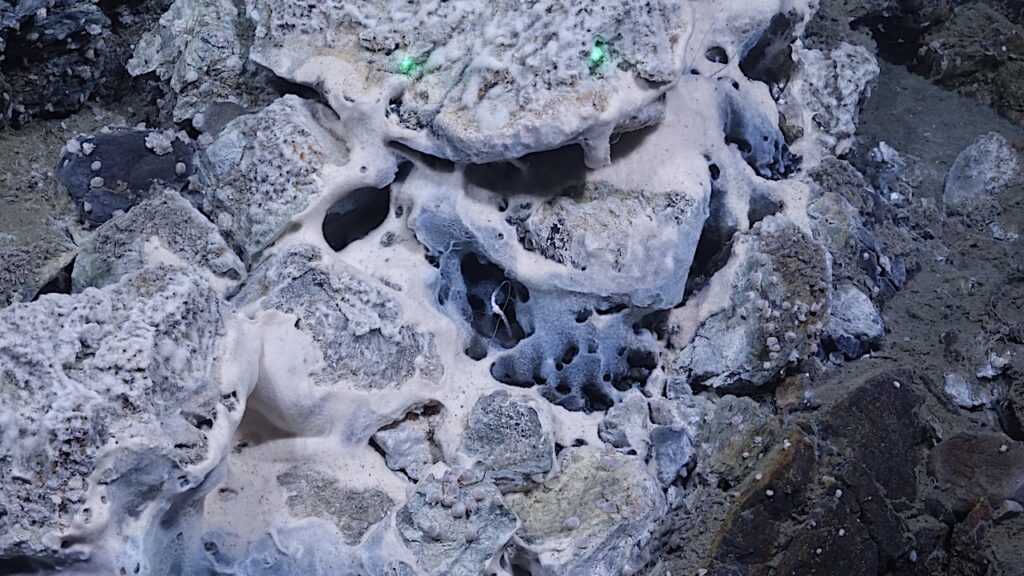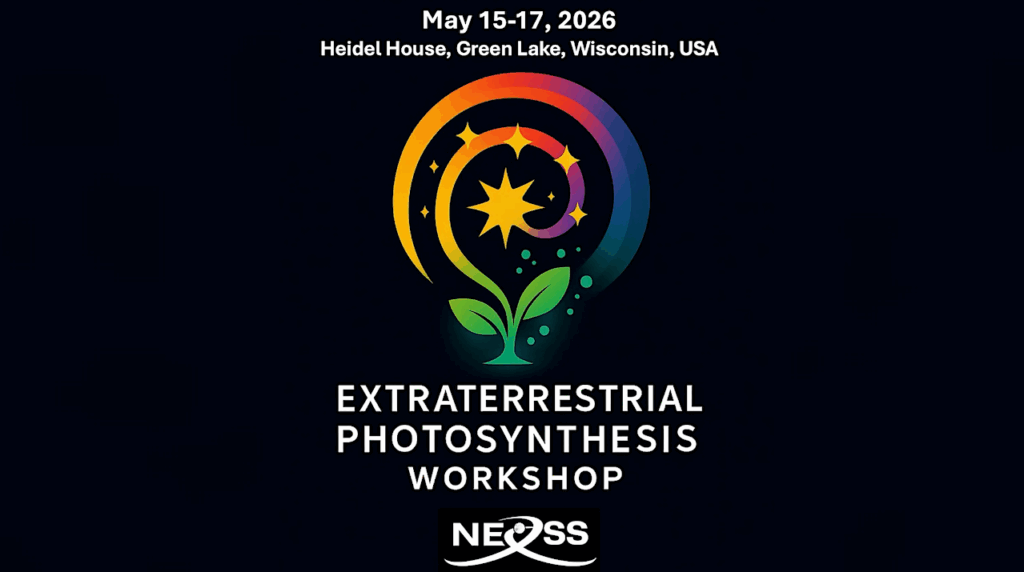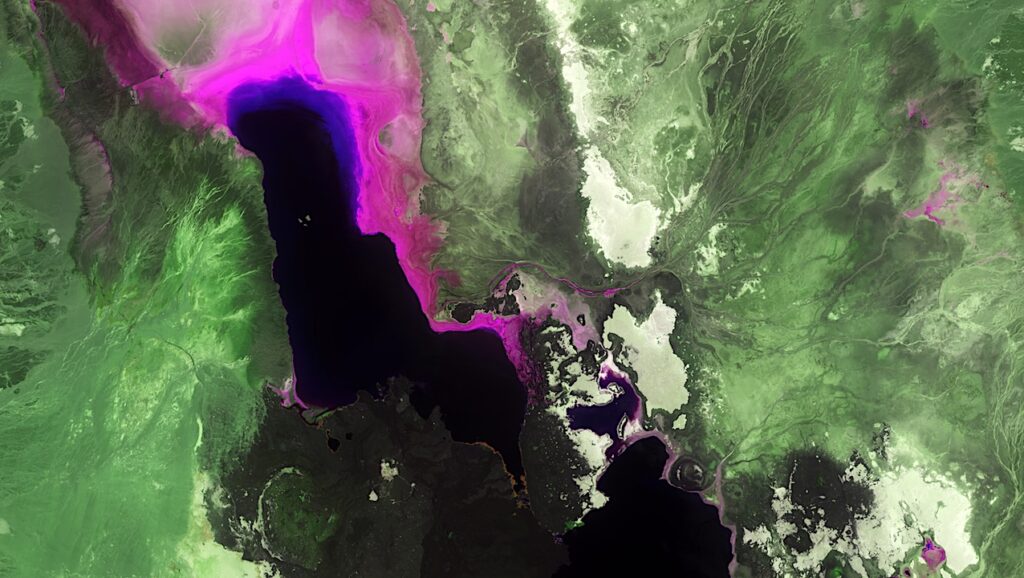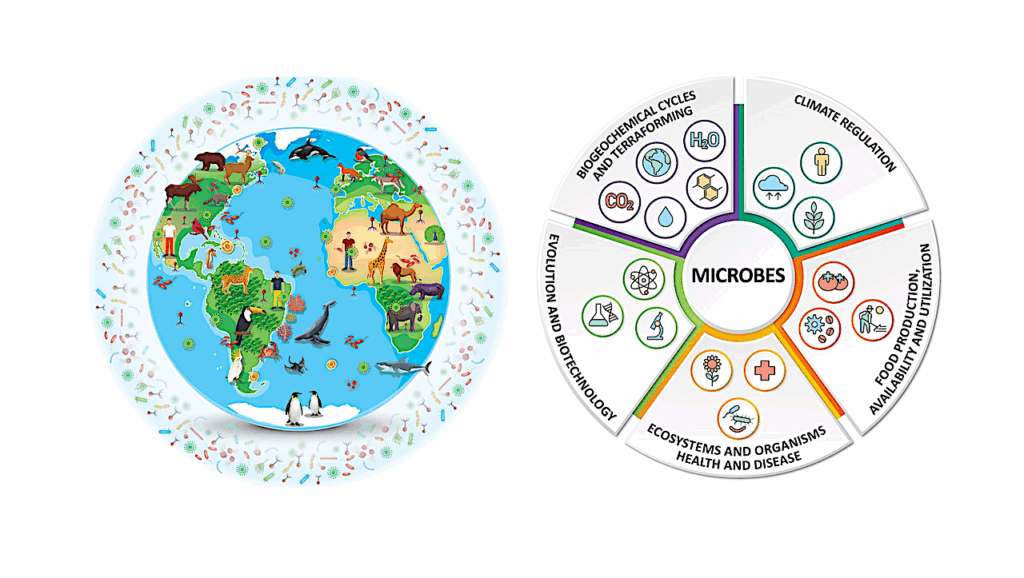Is The Faint Young Sun Problem For Earth Solved?

Stellar evolution models predict that the solar luminosity was lower in the past, typically 20-25 % lower during the Archean (3.8-2.5 Ga). Despite the fainter Sun, there is strong evidence for the presence of liquid water on Earth’s surface at that time.
This “faint young Sun problem” is a fundamental question in paleoclimatology, with important implications for the habitability of the early Earth, early Mars and exoplanets. Many solutions have been proposed based on the effects of greenhouse gases, atmospheric pressure, clouds, land distribution and Earth’s rotation rate.
Here we review the faint young Sun problem for Earth, highlighting the latest geological and geochemical constraints on the early Earth’s atmosphere, and recent results from 3D global climate models and carbon cycle models. Based on these works, we argue that the faint young Sun problem for Earth has essentially been solved. Unfrozen Archean oceans were likely maintained by higher concentrations of CO2, consistent with the latest geological proxies, potentially helped by additional warming processes.
This reinforces the expected key role of the carbon cycle for maintaining the habitability of terrestrial planets. Additional constraints on the Archean atmosphere and 3D fully coupled atmosphere-ocean models are required to validate this conclusion.
Benjamin Charnay, Eric T. Wolf, Bernard Marty, François Forget
Comments: 22 pages, 7 figures, 1 table. Accepted for publication in Space Science Reviews. Part of ISSI special collection on Diversity of Atmospheres
Subjects: Earth and Planetary Astrophysics (astro-ph.EP); Solar and Stellar Astrophysics (astro-ph.SR)
Cite as: arXiv:2006.06265 [astro-ph.EP] (or arXiv:2006.06265v1 [astro-ph.EP] for this version)
Submission history
From: Benjamin Charnay
[v1] Thu, 11 Jun 2020 09:13:10 UTC (1,287 KB)
https://arxiv.org/abs/2006.06265
Astrobiology








